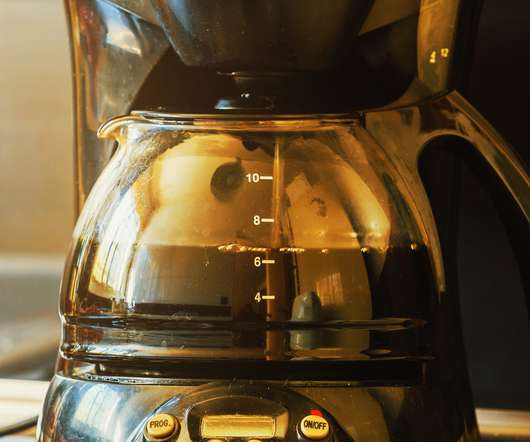Measuring Up?
Supply Chain Shaman
MARCH 28, 2016
The first step in the journey is to analyze balance sheet results and understand industry trends. To help, in this post, we provide you with some insights for the period of 2006-2015. In our analysis, only one out of ten companies successfully improves operating margins and inventory turns at the same time. Inventory Turns.















Let's personalize your content